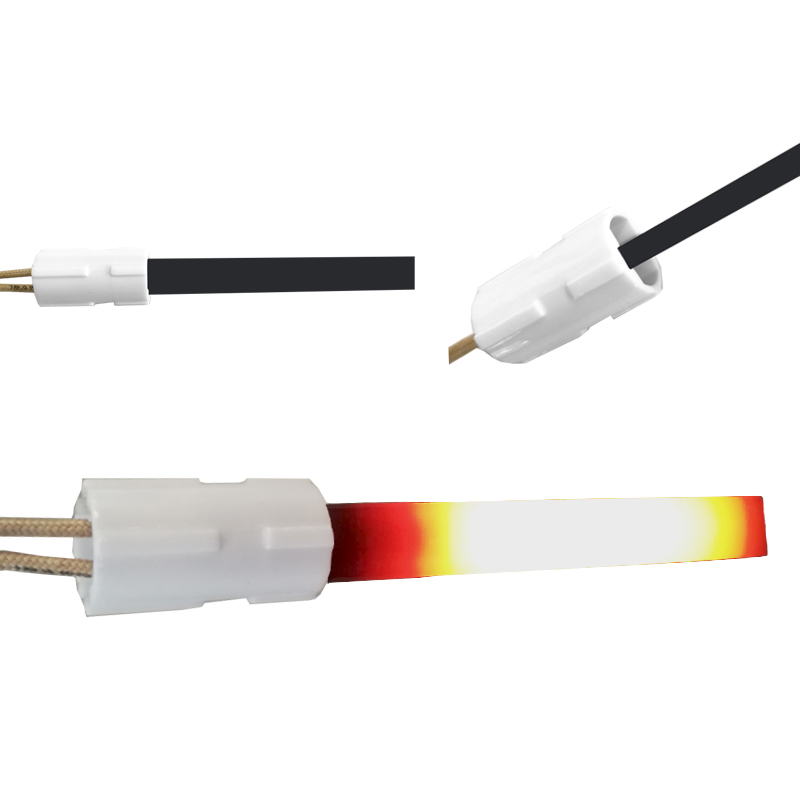Features and considerations related to wood pellet igniters
2024-03-04
Wood pellet igniters are crucial components in pellet stoves and biomass heating systems. Their primary function is to initiate the combustion process by generating heat to ignite the wood pellets. Here are key features and considerations related to wood pellet igniters:
1. Material Composition:
- Wood pellet igniters are typically constructed with high-temperature-resistant materials such as ceramics or other heat-resistant alloys. These materials allow the igniter to withstand the intense heat generated during the ignition process.
2. Design:
- Igniters come in various designs, but a common configuration includes a ceramic igniter element, often resembling a rod or coil. This element heats up rapidly when electrical current passes through it, initiating the ignition of wood pellets.
3. Ignition Method:
- The ignition method involves the application of electrical current to the igniter element. The element reaches a high temperature, promoting the combustion of the pellets.
4. Power Rating:
- Wood pellet igniters have specific power ratings, usually measured in watts. The power rating determines the amount of heat the igniter can generate and how quickly it can reach the required temperature for pellet ignition.
5. Compatibility:
- It is crucial to ensure that the wood pellet igniter is compatible with the specific make and model of the pellet stove or biomass heating system. Manufacturers provide specifications and guidelines for choosing the right igniter for their appliances.
6. Durability:
- The durability of the igniter is vital, given its frequent use during heating cycles. High-quality igniters are designed to withstand the rigors of regular operation and contribute to the longevity of the heating system.
7. Ignition Time:
- Wood pellet igniters are engineered for quick ignition times, helping to start the combustion process efficiently. Short ignition times contribute to the overall efficiency of the pellet stove.
8. Ease of Replacement:
- Igniters may need replacement over time due to wear and tear. A design that facilitates easy replacement is advantageous for maintenance purposes.
9. Temperature Control:
- Some pellet stoves and heating systems feature temperature control mechanisms that may be integrated with the igniter. This allows users to regulate the combustion process and maintain consistent heat output.
10. Energy Efficiency:
- Efficient wood pellet igniters contribute to the overall energy efficiency of the heating system by ensuring complete and rapid ignition of the pellets.
11. Manufacturer Recommendations:
- Adhering to the manufacturer's recommendations for maintenance, usage, and replacement intervals is essential for optimal performance and longevity of the wood pellet igniter.
Wood pellet igniters are critical components in pellet stoves and biomass heating systems, facilitating the convenient and efficient use of wood pellets as a renewable heating fuel. Regular maintenance and proper usage help maximize the lifespan and performance of the igniter, ensuring reliable operation of the heating appliance.



